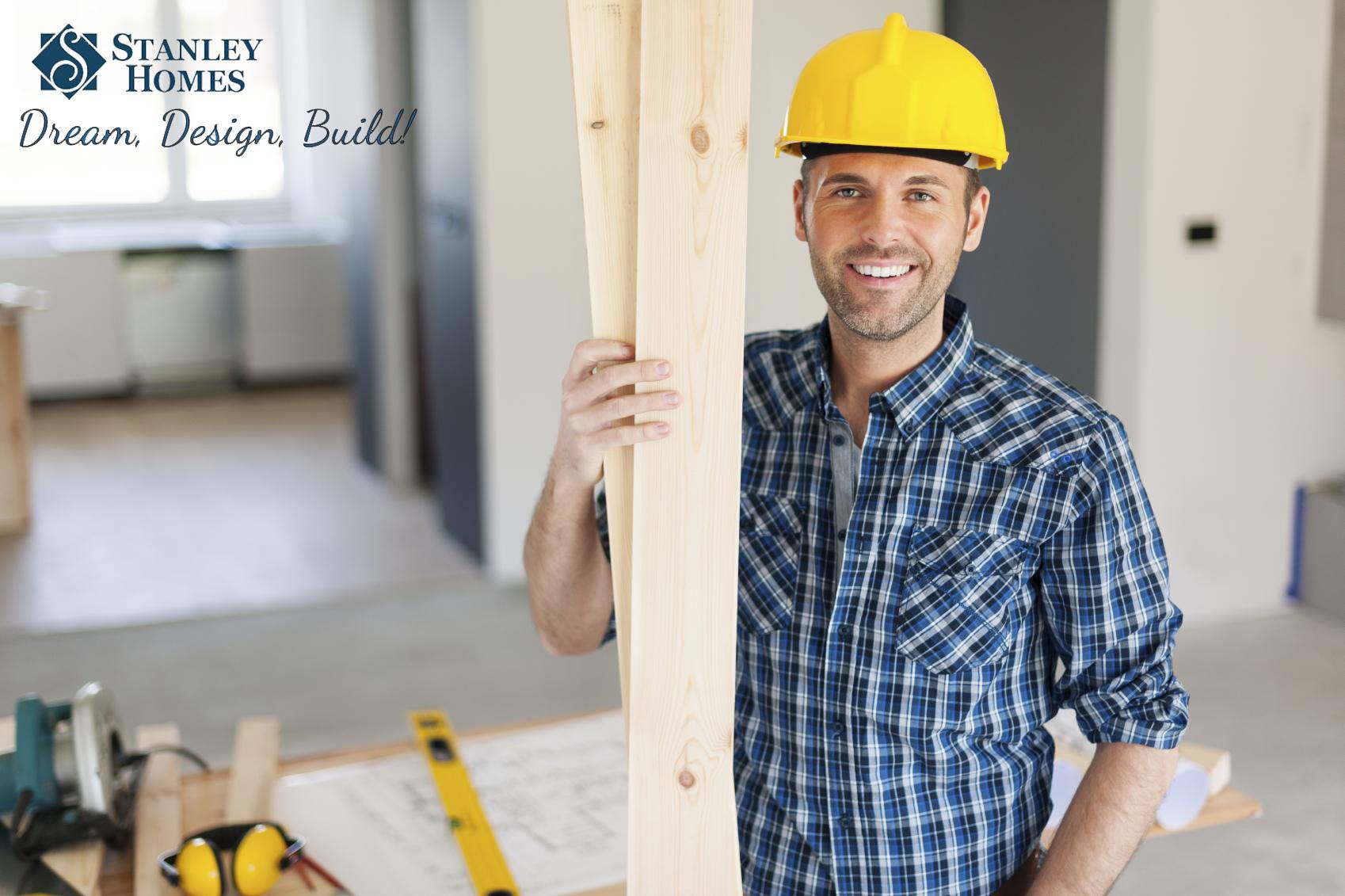Constructing a modern home is an thrilling project that represents a major life milestone for many. However, with rising environmental concerns and the need for green living, it is important to evaluate how we can make this process more environmentally friendly. Sustainable practices in new home construction not only add to a safer planet but also offer homeowners long-term benefits, featuring reduced energy costs and improved living conditions.
As you embark on the path of constructing your dream home, grasping the different sustainable options out there can enable you to have informed decisions. Starting with picking the best materials to integrating energy-efficient technologies, this resource will support you navigate the details of sustainable practices in recent home construction while tackling critical factors such as funding, design trends, and development timelines. Whether you are a novice builder or looking to enhance your existing home, adopting sustainability can set the stage for a lively and ethical living space.

Understanding the House Construction Journey
Building a modern house is an stimulating experience that commences with careful preparation and design. The primary action typically involves picking the ideal location and securing the necessary authorizations. Familiarizing oneself with zoning laws and community building codes is crucial in this stage. Collaborating with an skilled architect can help turn your ideas into a viable plan that conforms to rules. This foundational step sets the pace for the whole construction journey and plays a significant function in establishing the total practicality and financial aspect of the undertaking.
After the organization is done, the construction stage starts. This involves a set of steps, which include preparing the site, foundation work, framing, and putting in place of services. Each phase calls for coordination among many professionals, including contractors, electrical contractors, and pipe layers. Keeping https://casinokeeda.com/members/vanstage8/activity/714622/ and upholding a clear timeline helps avoid setbacks, guaranteeing that the project remains on schedule. At this time, you will also have to make critical choices regarding building materials and design features that align with your financial plan and green building aims.
As construction development gets close to finalization, the emphasis changes to final evaluations and finishes. This step comprises thorough evaluations to verify that everything is made to code and satisfies your expectations. A concluding walkthrough is crucial to address any remaining problems before closing on your completed home. By grasping this procedure, potential buyers can steer through the intricacies of building with more certainty, leading in a fulfilling experience in constructing their dream house.
Budgeting & Budgeting The New Home
When planning for new home construction, creating a strong financial plan is a crucial step. Start by calculating your total costs, which should include the purchase of land, supplies, labor, licensing, and interior finishes. Grasping these elements will assist you establish a realistic financial framework. It is wise to allocate extra funds for unexpected costs, referred to as buffer funds, as these can arise during the building phase. Remember to also take into account recurring expenses such as property taxes, insurance, and monthly utility payments which will accompany homeownership.
Investigating financing options is crucial for transforming your construction dreams into reality. There are several routes available, such as conventional home loans, building loans, and government-backed financing. Construction loans are specifically designed for building and usually change to a mortgage once the home is finished. Ensure to compare loan interest and terms from different financial institutions to find the best fit for your financial situation. Additionally, understanding how much you can spend based on your earnings and credit history will guide your choices and make sure you aren't stretching your finances too much.
Budgeting successfully can also involve prioritizing what aspects of the home are worth splurging on and where it’s possible to cut costs. Think about allocating funds in energy-efficient upgrades that can reduce money on utilities in the long run. Similarly, choosing high-quality materials might appear like a larger initial expense, but can lead to less maintenance and replacements over time. Through balancing carefully your desires with realistic budgeting factors, you can create a house that meets your needs without jeopardizing your financial health.
Concluding Steps and Relocating
As construction comes to an end, it's time to focus on the last details that will make your new home truly unique. Conduct a detailed check of the home to ensure all items is up to code and meets your standards. Check for any surface issues, such as paint issues or problems, and make sure all installations, like water systems and electrical, are in good condition. This is your chance to discuss any issues with your contractor before finalizing.
Once any necessary adjustments are made, it’s time to organize for your big move. Coordinating the plans, such as hiring a movers or leasing a vehicle, is crucial. Start boxing things up early and consider decluttering your things to enhance your new living space. Also, arrange the layout of your items in advance to ensure a easy move into your residence.
Finally, on moving day, remember to attend to the little details, such as changing the lock systems for safety and moving bills into your name. After the move is complete, take a moment to enjoy your new space. Decorate your space with personal items that reflect your taste, and welcome the thrill of a new beginning in your charming house.
